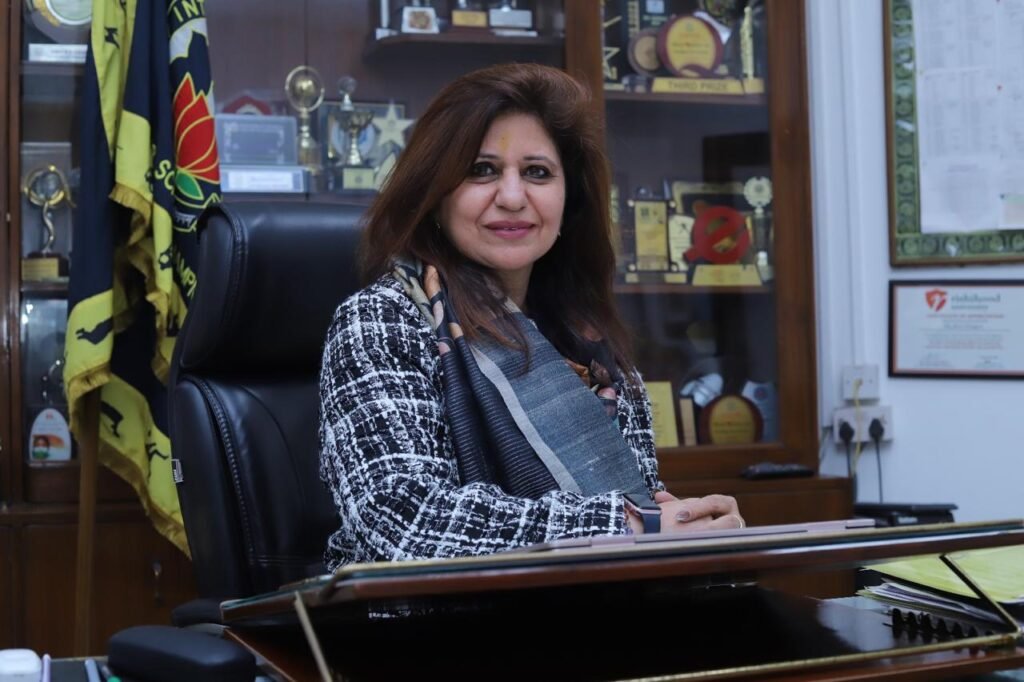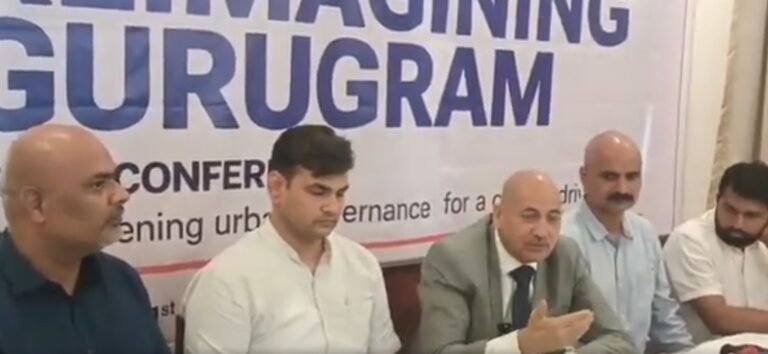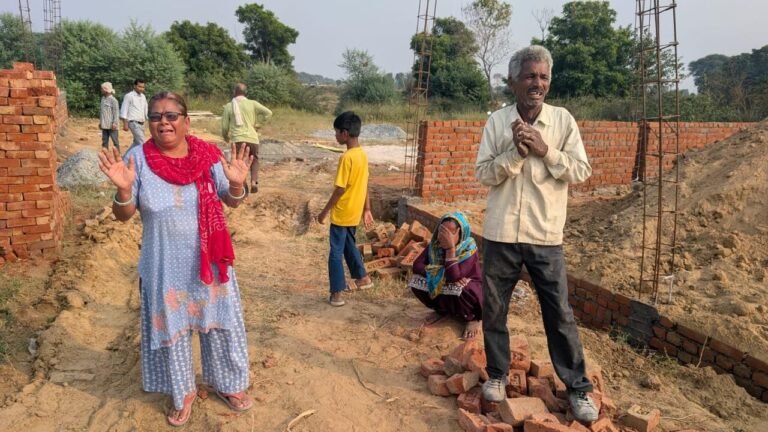
Dr. Chopra highlights the need to integrate compassion, mindfulness, and peace education into the curriculum, aligning with the UN’s vision of global harmony
“Peace is not just a vision—it’s a call to action that each of us can answer by promoting understanding, respect, and justice in our daily lives.” – United Nations, Actions for a Peaceful World
Though UN has always envisioned a peaceful coexistence, there is a general concern, how stress, anxiety, anger, jealousy, and pain often lead to strife, conflicts, and dichotomies, gives way to unacceptable situations, whether at places of work, within the families, among the nations or, in general, across the globe today. WHO, reports that anxiety disorders are the most common mental disorder globally, with ~359 million people affected as of in the year 2021. According to a recent survey by the United Nations the percentage of the world’s children living in conflict zones has doubled — from around 10 per cent in the 1990s to almost 19 per cent in 2025. In such a situation, it is imperative on the part of good Samaritans, including educators and parents to introspect and try finding befitting solutions to the issues of concern, taking the youth along.
“World peace must develop from inner peace. Peace is not just mere absence of violence. Peace is, I think, the manifestation of human compassion.” ― Dalai Lama XIV
The Dalai Lama teaches that world peace starts with inner peace, which must be cultivated by everyone through compassion and kindness. This peaceful mindset can then spread outward, fostering peaceful families, communities, and ultimately, a peaceful world. To bring peace outside, peace must begin from within, and there cannot be a better place than a classroom, to nurture it as a habit. Classrooms, fondly known as cradles of civilizations, can foster peace by integrating peacebuilding as a necessary life skill into the curriculum.
Teachers can integrate stories, instances, anecdotes into the curriculum that talk at length about peaceful resolutions to existing problems in the world, thus making learning multidisciplinary, as enshrined in New Education Policy 2020. Classroom learning can be made more interesting through deliberations, debates, case studies etc. leading to analysis, synthesis and evaluation of the problems that impede peace in the world. History bears testimony to the fact that, accumulation of greed, hatred, anger, disrespect, jealousy etc. or any other negative emotion led to conflict, turning into warlike situations, causing loss of resources, lives and harmony in the past. Taking a few examples, cycles of disrespect, humiliation, and hatred between the Kauravas and Pandavas, became major triggers leading to the Kurukshetra war, known as Mahabharata. Anger over imperial rivalries, territorial disputes, and the assassination of Archduke Franz Ferdinand sparked the World war I. Nazi hatred against Jews, Slavs, and other communities, combined with nationalist hatred toward enemies, drove genocides and global conflict that resulted into World War II. Such vibrant examples with available statistics of destruction could certainly help steer young minds towards cost benefit analysis, enabling them to critically analyze and formulate creative peaceful propositions, in the direction of acquisition of 21st century skills.
Instilling a peaceful mindset by necessitating its understanding as a Life skill can be encouraged by formulating a set of habits, that help in character building too, like time management, anger regulation, embracing diversity, tolerance, saying ‘NO’ to bullying, limiting screen time through digital detox method etc. A much-desired step in the said direction would be organizing intergenerational talks or listening to the stories or personal experiences of grandparents or parents and increasing family time. Many octogenarians enjoy spending time with their grandchildren, thus providing emotional support and guidance. Mindfulness can be practiced by both young and adults by doing pranayama or breathing exercises, guided visualization, journaling, mindful walking, or mindful eating.
Schools, like citadels of learning, can practice rituals like Peace March or rallies organized for a good cause. Initiatives like silence hour, group prayers, Yoga as a compulsory subject and active sports practices on everyday basis, when practiced by schools, go a long way in building a firm ground for a peaceful society. Developing love for art, theatre and music can be extremely therapeutic at times of stress or confusion. Art in its purest forms—such as clay pottery, sculpture, painting, Batik, tie & dye, and digital art—and in performing traditional dances like Kuchipudi, Kathak, Bharatanatyam, or playing musical instruments like tabla, sitar, violin, santoor, and guitar, must be given due importance in schools. Visual and performing arts not only nurture creativity but also help in building confidence and self-expression. Theatre, too, serves as a powerful medium, enabling students to overcome fears, confront insecurities, and discover hidden talents.
The parents of young growing children can help in formulating good practices that indicate getting closer to nature by looking after plants and engaging their children in community outreach programs. Such practices as working together for a cause like, providing shelter to stray dogs, providing bird baths, cleanliness campaigns, saying ‘NO’ to crackers, just to name a few, help children develop compassion and responsibility. Engaging in such collective efforts not only strengthens their bond with the environment but also builds a sense of accountability towards society.
Let us not forget the wisdom of the American Indian proverb: “We do not inherit the Earth from our ancestors; we borrow it from our children.”
As responsible living beings of Earth, it is our duty to nurture peaceful societies so that we may leave behind a legacy of gratitude, togetherness, and inclusiveness. By aligning ourselves with the Sustainable Development Goals, we ensure that our efforts move in the right direction. The journey towards peace in the world begins in the simplest of places—our classrooms and our homes. The schools of tomorrow will not be remembered merely for the marks their students achieved, but for the environments they created—spaces of peace, harmony, and a win–win coexistence where all living beings can flourish and prosper.








